Gran Canaria, native island of the genius Galdós
Gran Canaria invites you on a journey to follow Galdós’s trail on the island from which the famous writer set sail.
Benito Pérez Galdós, one of the most important European writers in the late 19th and early 20th century, was born on 10 May 1843 in Calle Cano in Las Palmas de Gran Canaria. Back then it was a cobbled street lit with oil lamps, moonlight and from then on, the brilliance of his genius. What’s more, the centenary of his death is being commemorated in 2020, although his loss was merely like a parenthesis in any of his novels, echoing the true legacy of people claimed by immortality.
The Galdós’s footsteps have been etched on his native city today, providing an open book to reflect the author’s relationship with the capital city of Gran Canaria and successive demonstrations of appreciation and acknowledgement from the island’s society to the author who was born in the family home in Calle Cano, turned into a House-Museum and where you can even see the crib used to rock this baby whose dreams were destined to make their mark through his works.
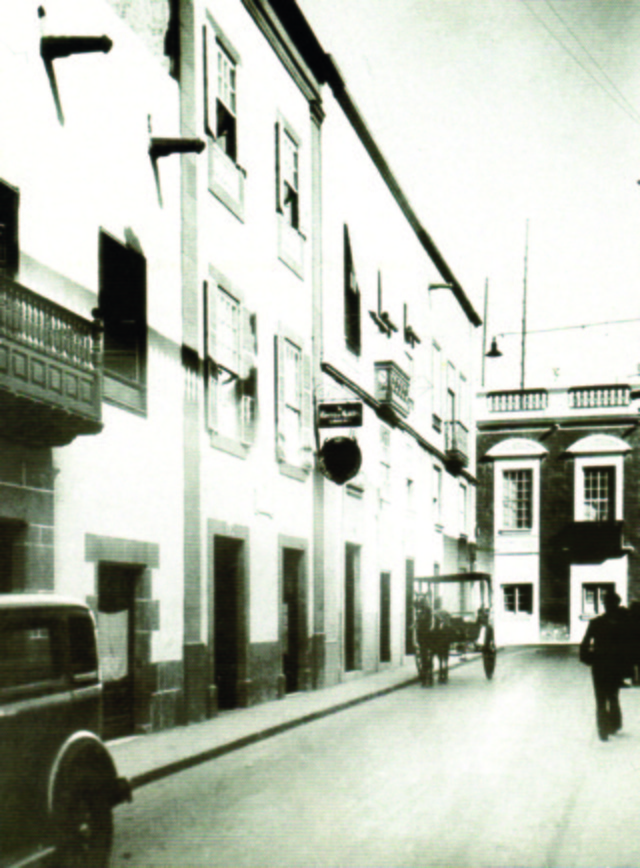
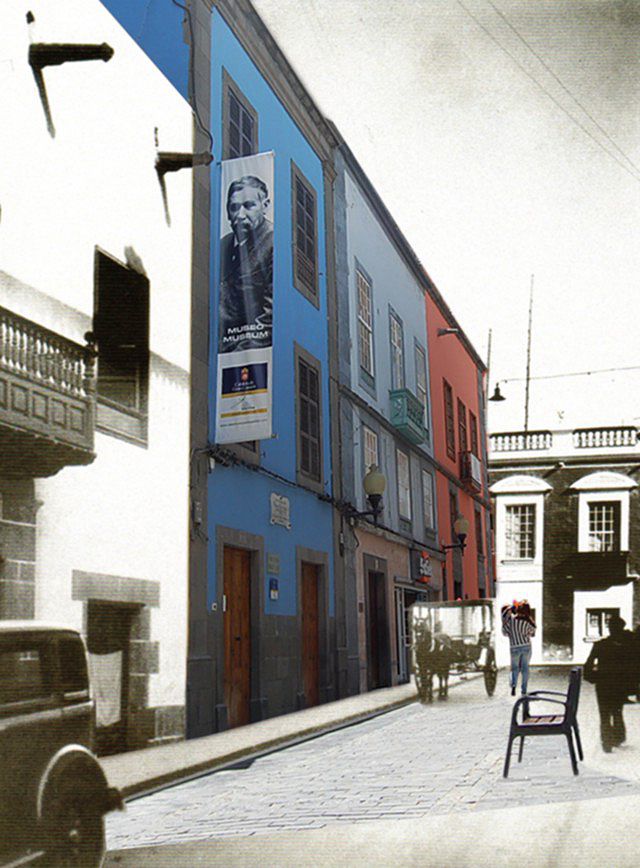
Very close to the Pérez Galdós House-Museum, the absolute reference point for anyone who wants to find out all about the writer’s different literary and personal facets, there is the Tourist Information Office on Calle Triana, which has devoted a space to the figure of Pérez Galdós on the occasion of his centenary in an exhibition that includes six portraits of the novelist by different Canary painters, editions of books and examples of his skills as a cartoonist. This show will remain open until the end of 2020.
Family audiences have a surprise in store at the Tourist Information Office with the book to discover and colour ‘La Ciudad de Galdós’ (Galdós’s City), just one branch of the project by the same name that encourages everyone to explore Las Palmas de Gran Canaria along a totally Galdosian route through the town where the writer grew up and where he learned about the Arts, particularly writing.
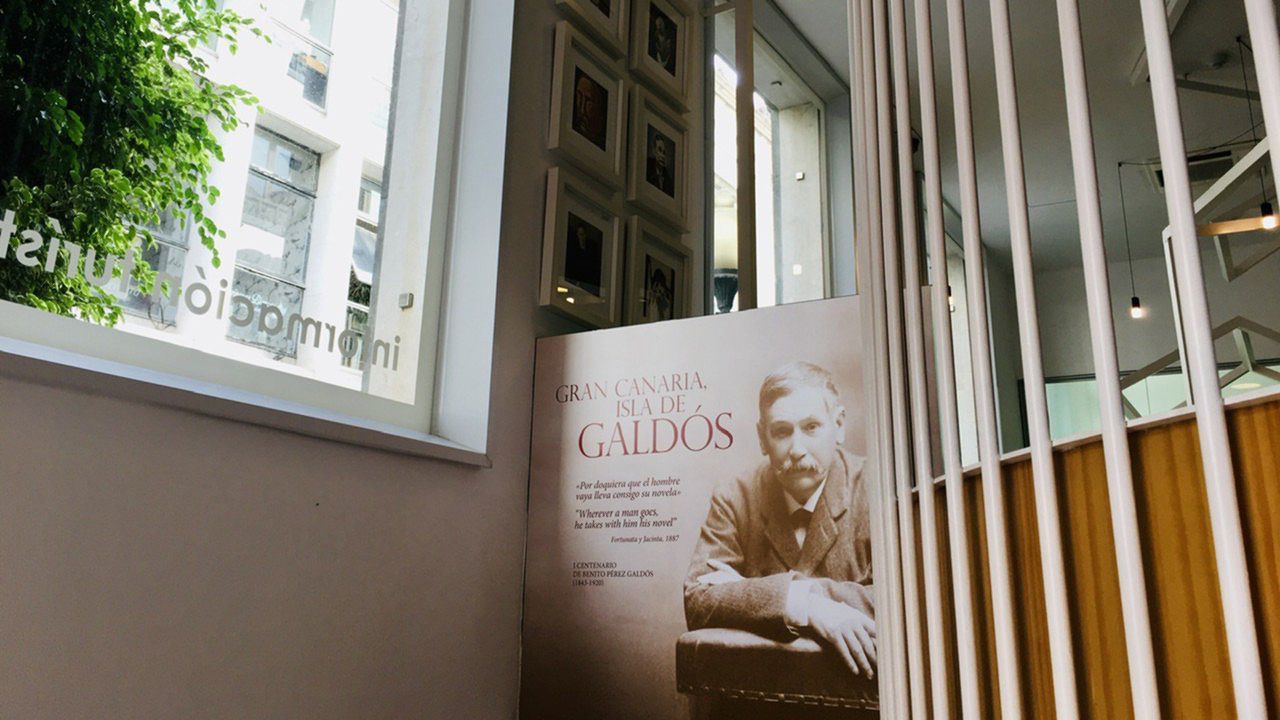
Following in Galdós’s footsteps reveals the city’s development over the decades. The house where he was born is a clear representation of Canary bourgeoisie houses, in this case a residence built in the late 18th century that still conserves its flagstone patios, its well and the wooden gallery that date from Galdós’s lifetime: he lived here until he was 19 years old when he left for Madrid to study Law, although he came home five times, the last time in 1894.
Galdós, son of the soldier and trader Sebastián Pérez and María Galdós, began to draw, cut out, read and write in this house, and also to play the piano taught by his sister Manuela, as mentioned in detail in the audio-guide for the ‘La ciudad de Galdós’ route.
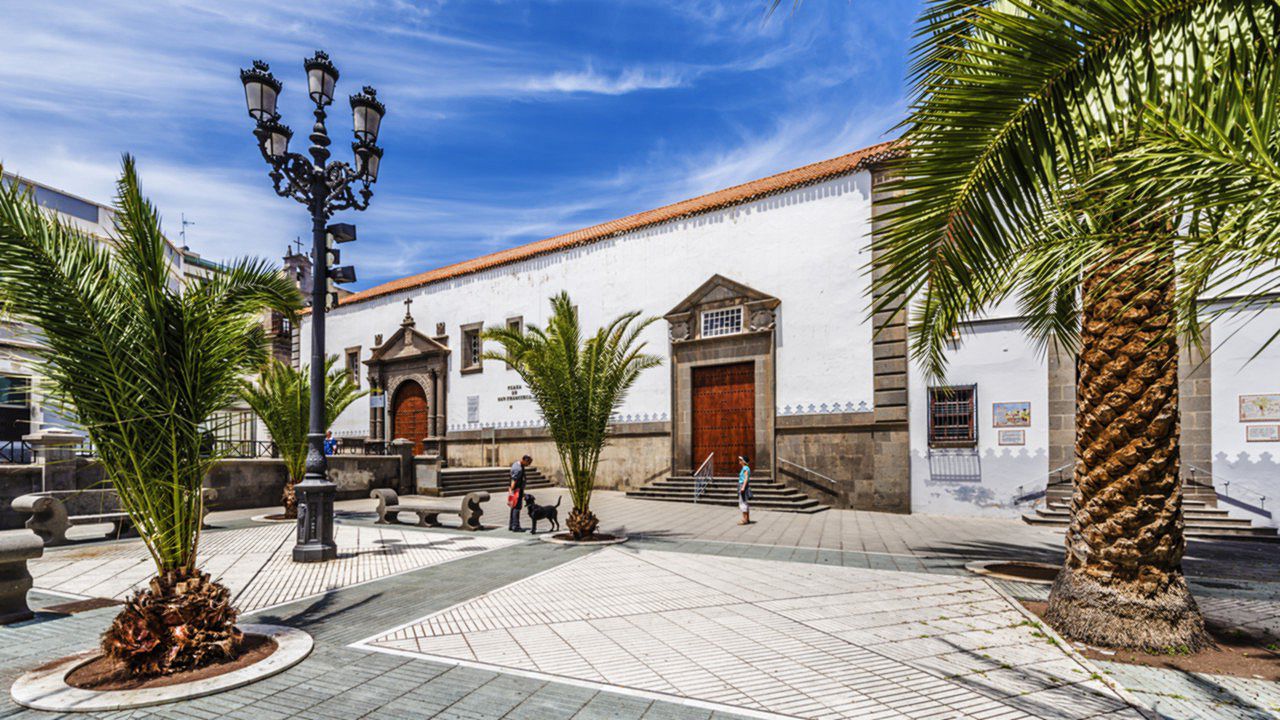
In the Galdosian landscape of Las Palmas de Gran Canaria stands the Church of St Francis where he was baptised. “It sounds like no other, I could pick it out from one hundred ringing at the same time”, confessed Galdós. There is also St Anne’s Cathedral, whose tower was built at a time when Galdós walked by the church every day on his way to the St Augustine School. In fact, he wrote a short story starring Prototipo, a deformed musical monster who lived inside the cathedral.
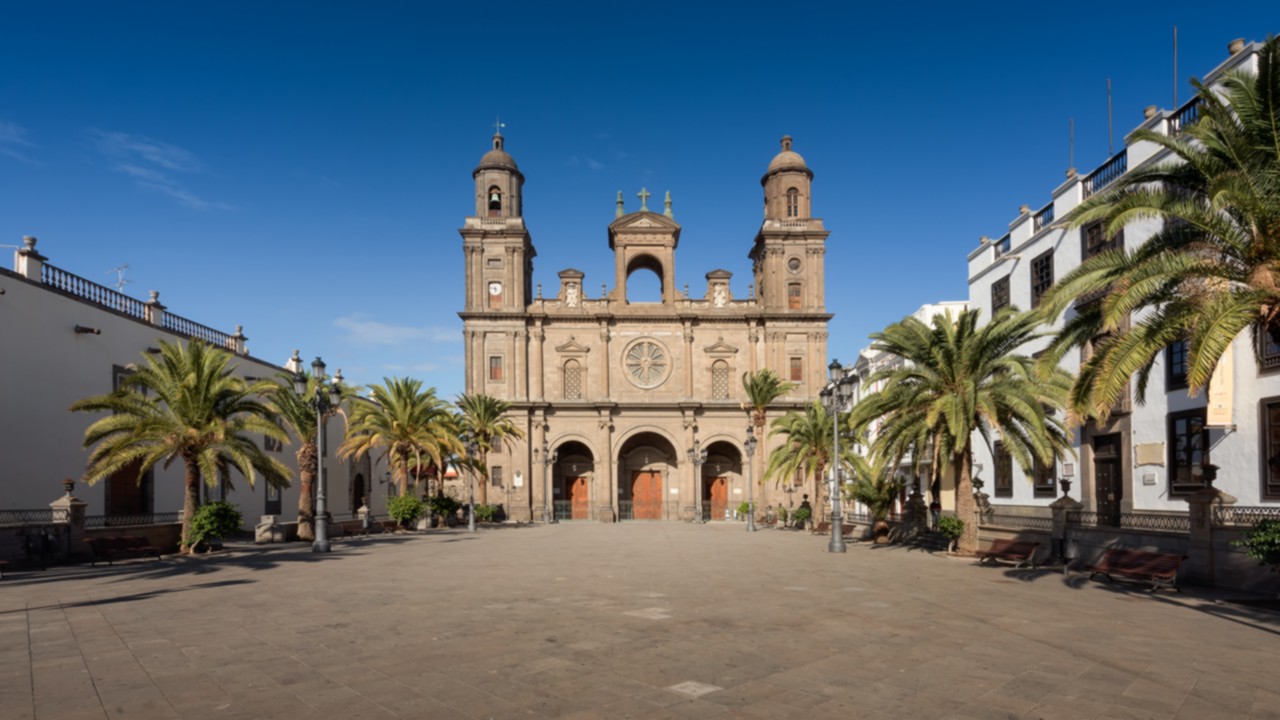
When at school, Galdós drew caricatures of his teachers and some of his classmates, adding extra sparkle to a period when his writing, journalistic and poetic skills were already shining through. The Triana district is also home to the Pérez Galdós Theatre, opened in 1890 that has been named after him since the early 20th century.
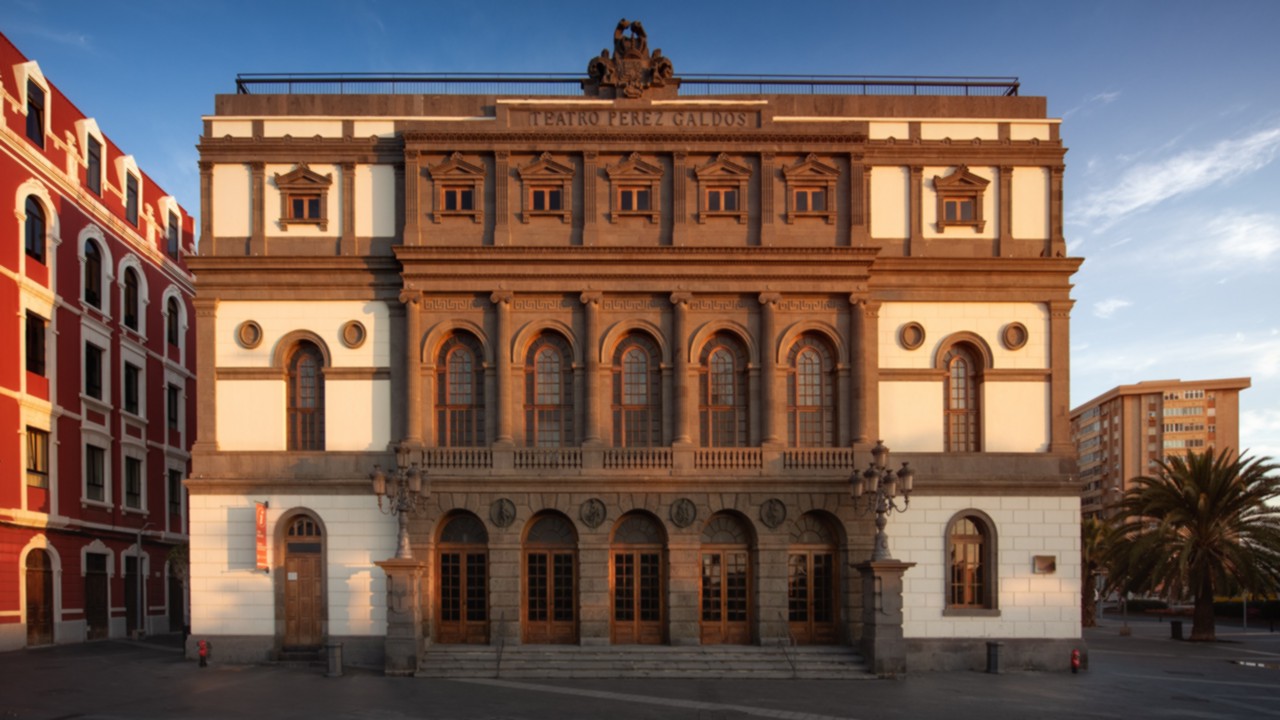
The city paid its greatest homage to Galdós in 1930, putting up the sculpture by Victorio Macho on the Old Dock point, where today we find the San Telmo guagua station. The sculpture is now in the House-Museum. This long-gone port area is extremely important in his biography because he took the boat from here to Tenerife and later to Cadiz on his way to Madrid. In 1894, on his last visit to Gran Canaria, he asked for one of the little boats hanging from the ceiling of the San Telmo hermitage that he used to see as a child. He kept it for the rest of his life, perhaps as a reminder of the city and the island from which he set sail on his remarkable life.
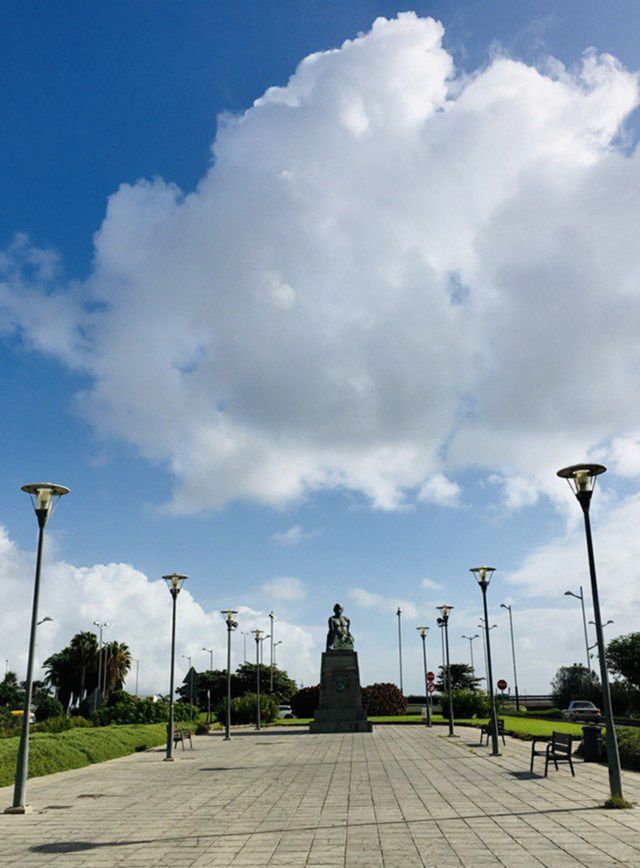
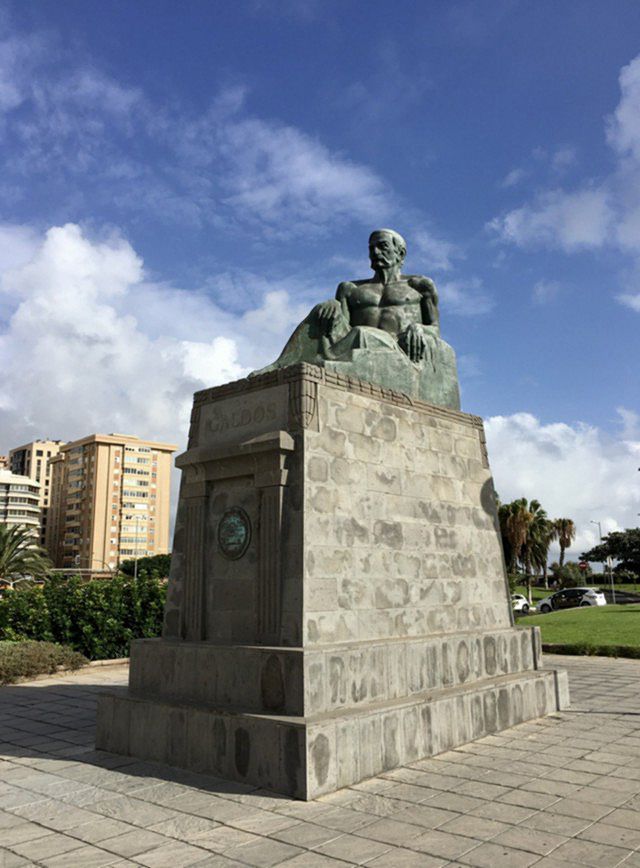

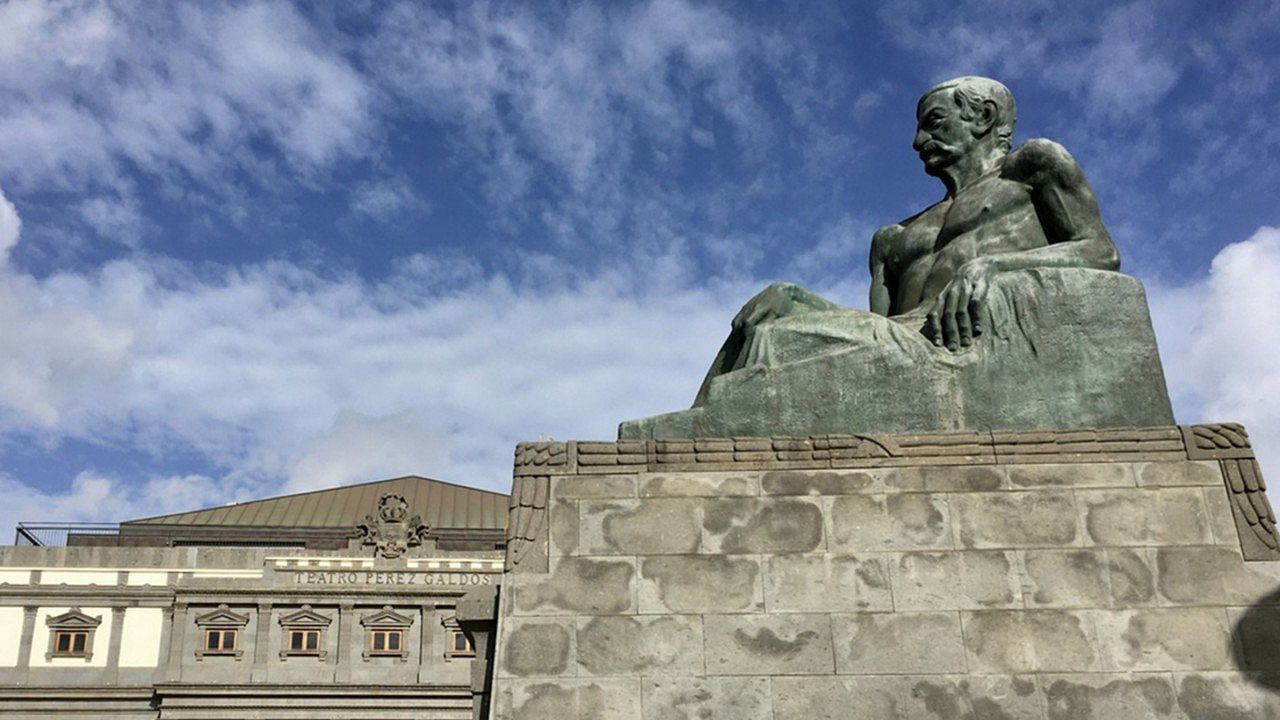
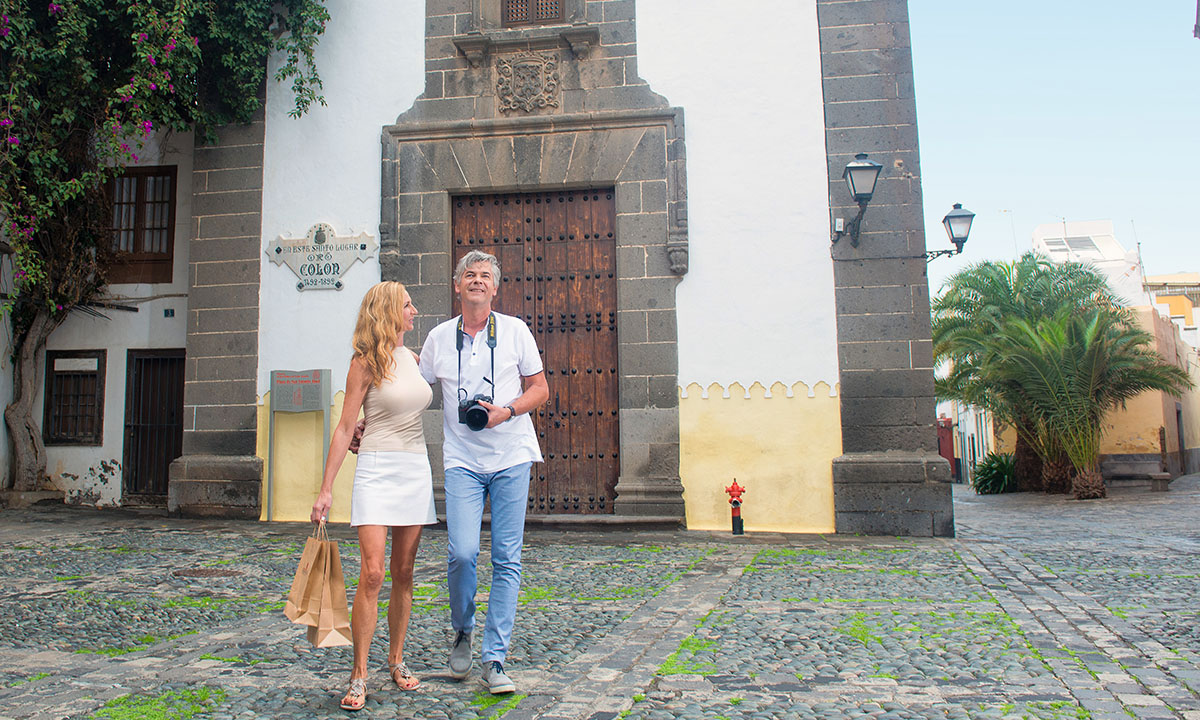
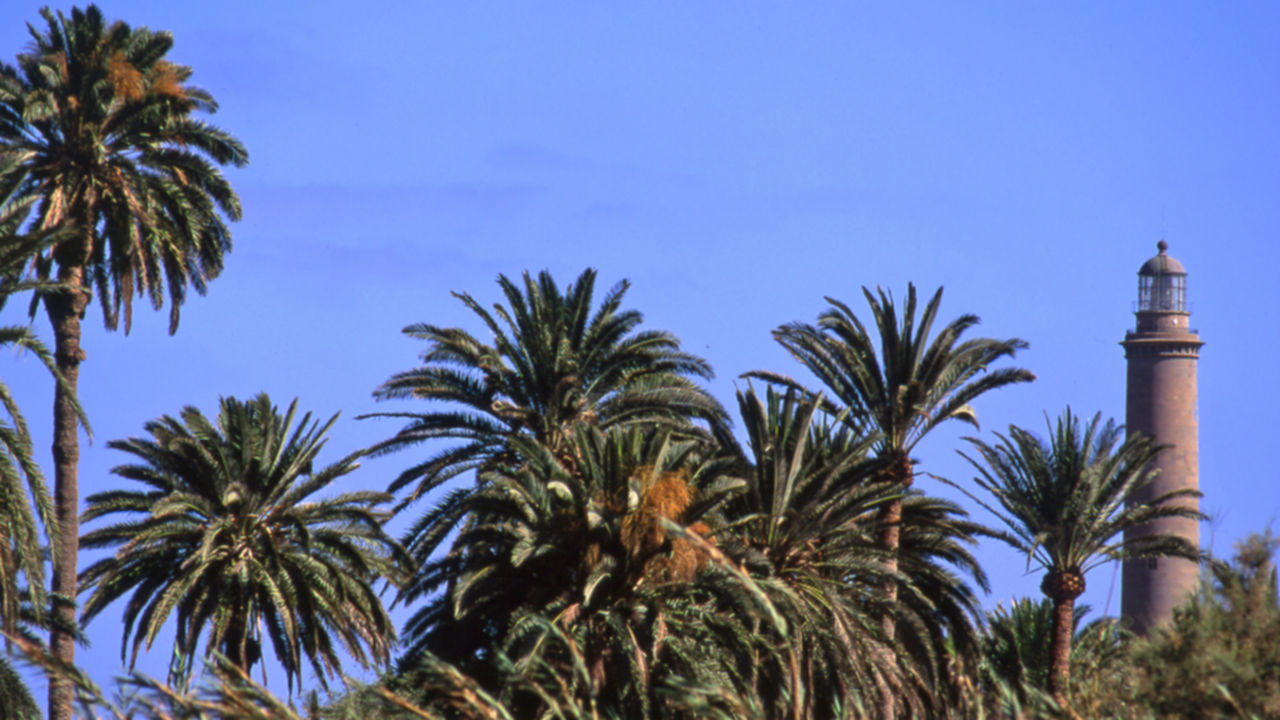
Comments are disabled for this post.